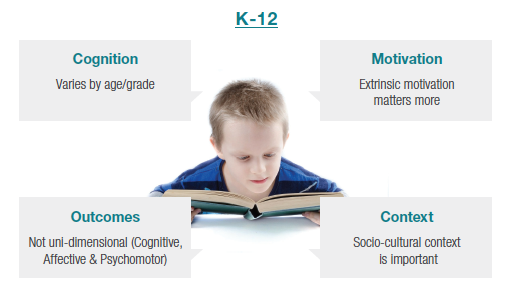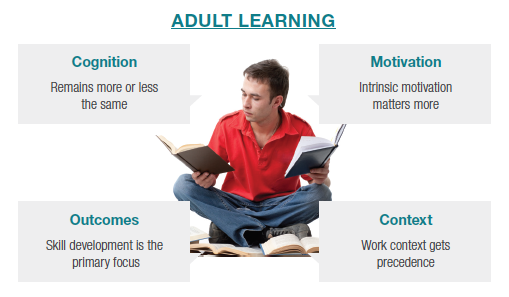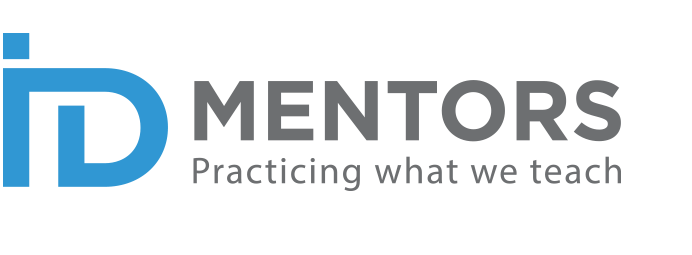
Many instructional designers in India started off their career in corporate training, and were rarely trained in formal settings. The job opportunities in this field came along much before institutes and colleges started to offer Instructional Design as a course. Hence, most were trained on-the-job, and through hands-on experience. As such, the focus was on skill development – the how of Instructional Design (ADDIE Model, DLC, Rapid Prototyping, Scripting and so on.), and a little bit of who – the working adult. Not much was addressed about the “what and why” aspects of learning and motivation. Even if these aspects were addressed it was rather sketchy because the “what and why” aspects of adult learning or andragogy is pretty simple – a few guidelines and you are done.
On the other hand, if you are working as an ID for K-12, the “what and why” of learning – in other words, content and pedagogy becomes very important due to the following reasons:
- Cognitive ability of children vary considerably across ages and grades
- Children are rarely intrinsically motivated to learn formal subjects. And this motivation increases slightly and gradually as children grow up – a lot of this depends upon whether they discover a love for the subject; or grow to fear/hate it
- K-12 Learning is not uni-dimensional – it doesn’t focus on the development of a single skill; rather it involves an integrated development of cognitive, attitudinal and psychomotor skills
- K-12 Learning is very context and culture-specific because there is a unique and invisible stakeholder – the nation itself. As such, an understanding of the National Education Policy, and the philosophy behind the curriculum of the country also become important
- Maintaining a balance between classroom teaching, and technology-driven learning is a challenge





0 responses on "Instructional Design for K-12"